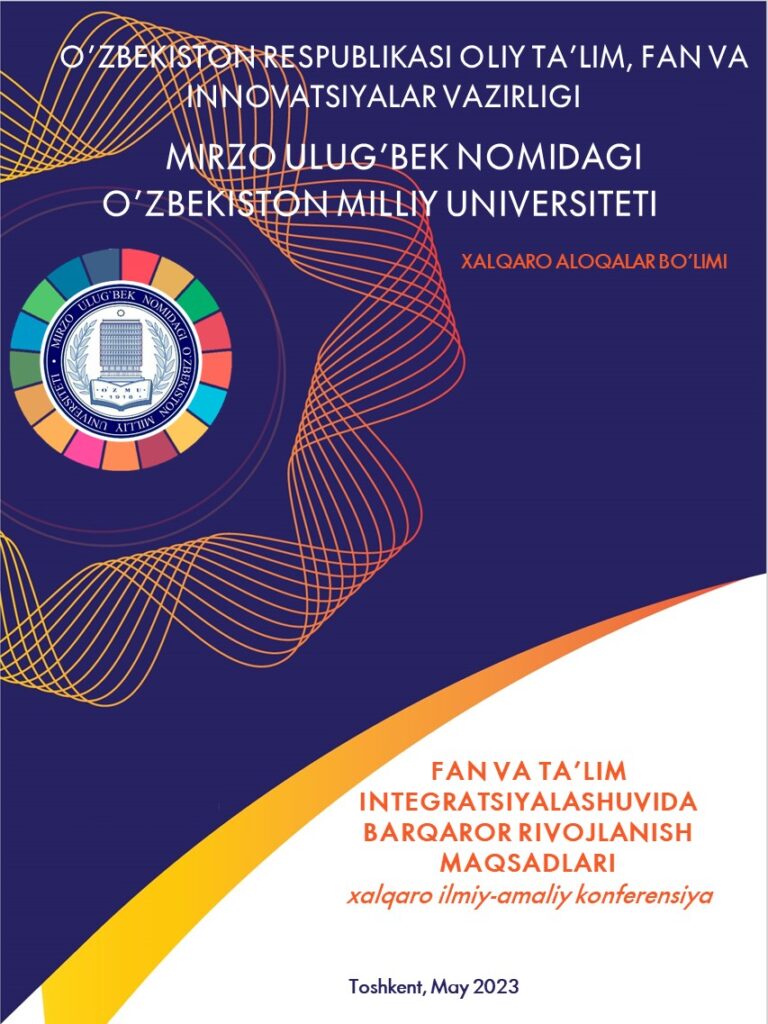VERBAL AND NONVERBAL POLITENESS: A COMPARATIVE ANALYSIS
DOI:
https://doi.org/10.37547/goal-11Keywords:
positive face,, egative face, erbal and nonverbal communication,Abstract
Politeness is an essential element of communication that helps people to maintain
social harmony and avoid conflict. It can be conveyed through both verbal and nonverbal means,
and the effectiveness of each mode depends on cultural and social factors. In this article, it is
compared the use of verbal and nonverbal politeness across cultures and discussed their impact on
social interaction.
Downloads
References
Brown, P., & Levinson, S.Politeness: Some universals in language usage. Cambridge: Cambridge
University Press.1987.-P.548-550.
Lakoff, R. T. Talking Power: The Politics of Language in Our Lives. Glasgow: HarperCollin.
-P.367.
Senowarsito. Politeness Strategies in Teacher-student Interaction in An EFL Classroom Context.
TEFLIN Journal, 24(1). 2003. 82-96.
Leech, G. N. Principles of Pragmatics. London: Longman.1983.-P.124.
Azarova 1985 Azarova L.V. Lexical means of expressing non-categorical statements // Systemic
description of the vocabulary of Germanic languages. -L., 1985.-P. S. 86-90
Buzarov 1988, Buzarov V.V. Formulas of speech etiquette in English dialogical speech // Social and
stylistic variability of the English language: Interuniversity. Sat scientific works. - Pyatigorsk, 1988
.- S. 98-107.
Watts, R. J. (2003). Politeness. Cambridge: Cambridge University Press.-P.235-236.
Watts, R. J. (2003). Politeness. Cambridge: Cambridge University Press.-P.264-265
Downloads
Published
How to Cite
Issue
Section
License
Copyright (c) 2023 Sarimsakova Shoira

This work is licensed under a Creative Commons Attribution 4.0 International License.
The content published on the International Scientific and Current Research Conferences platform, including conference papers, abstracts, and presentations, is made available under an open-access model. Users are free to access, share, and distribute this content, provided that proper attribution is given to the original authors and the source.






